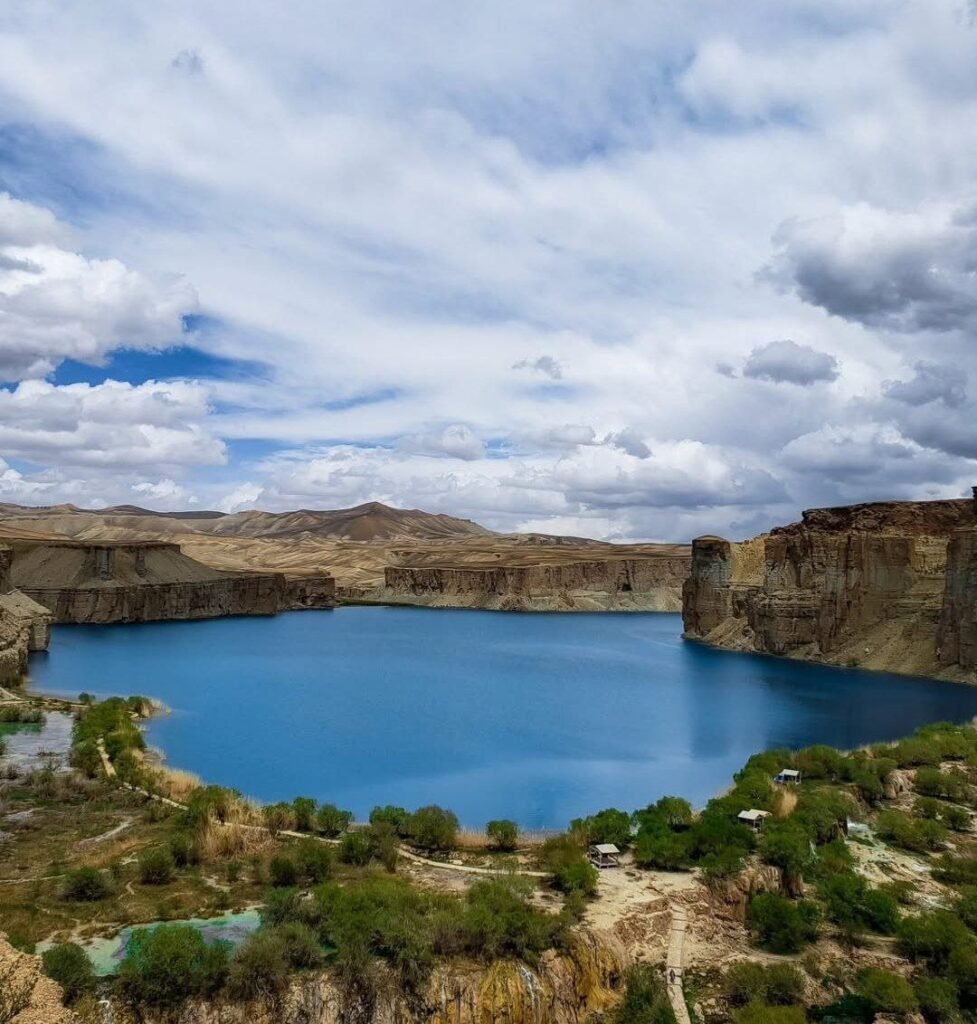Herat Jami Mosque: History, Architecture & Cultural Significance
Herat Jami Mosque In the heart of the ancient and cultural city of Herat lies one of Afghanistan’s most beautiful and historic mosques—the Herat Jami Mosque. More than just a place of worship, this mosque stands as a majestic symbol of Islamic art, architecture, and history. With over eight centuries of life, it has witnessed many historical events and embraced generations of worshippers. Still active and vibrant today, its grandeur and beauty continue to captivate every visitor. Historical Background of the Herat Jami Mosque The origins of the Herat Jami Mosque date back to the 12th century AD, during the rule of the Seljuks over parts of Khorasan. The original structure was built in the center of Herat. Over time, the mosque went through numerous renovations and expansions. During the Timurid period, the mosque saw its most significant transformation. The Timurid era was one of the most glorious periods for art and architecture in Herat. Rulers like Goharshad Begum and Shah Rukh Mirza were passionate about art and culture. They ordered the mosque to be richly adorned with stunning tilework, elegant calligraphy, and advanced architectural techniques. The Magnificent Architecture of the Jami Mosque One of the most striking features of the Herat Jami Mosque is its unique architecture. It boasts tall iwans (porches), turquoise domes, slender minarets, and a spacious courtyard. The mosque is a perfect example of Timurid-Islamic architectural style. Its design emphasizes symmetry, proportion, and artistic balance—making it a masterpiece of the region. Equally impressive are the mosque’s calligraphic details. Verses from the Quran, spiritual poetry, and timeless wisdom are inscribed in beautifully flowing Thuluth, Kufic, and Nasta’liq scripts. These calligraphic works blend sacred meaning with artistic mastery, turning every corner of the mosque into a canvas of faith and creativity. Magnificent Architecture One of the mosque’s most outstanding features is its unique architecture. With tall iwans (arched entrances), turquoise domes, slender minarets, and a wide courtyard, it reflects the Timurid-Islamic architectural style. Its design uses symmetry, proportion, and aesthetics to create a true masterpiece. The tilework is among its most striking elements. Shades of blue, turquoise, lapis lazuli, and yellow form floral and geometric patterns, carefully placed on walls and ceilings. Viewing them evokes both peace and wonder. Calligraphic inscriptions, written in Thuluth, Kufic, and Nastaʿlīq scripts, cover many walls. These usually include verses from the Quran, mystical poetry, or wise sayings, combining spiritual and artistic beauty. Role in Culture and Community The Herat Grand Mosque is more than a religious site. It has always been a center for social, cultural, and educational life in Herat. Throughout history, it served as a place to teach religious sciences, Islamic law, Quranic interpretation, as well as mathematics and philosophy. Great scholars and students gathered here for study circles and religious education. Every Friday and during Islamic holidays, thousands gather to pray together. In times like Muharram, Ramadan, and other religious occasions, the mosque becomes the center of major ceremonies, creating a deeply spiritual atmosphere. Challenges and Restoration Efforts Despite its beauty and importance, the mosque has suffered damage over the centuries. Wars, earthquakes, and natural erosion have harmed parts of the structure. Fortunately, the people of Herat and various governments have always valued the mosque and worked to preserve it. In recent years, both national and international organizations have launched projects to protect the mosque. These included restoring tiles, repairing minarets, reinforcing walls, and accurately documenting the mosque’s architecture for historical records. A Cultural and Tourist Attraction The Herat Grand Mosque is one of the city’s top tourist attractions. Domestic and foreign visitors never miss a chance to see it. Its beauty, spiritual atmosphere, and rich history make it a truly unforgettable destination. Located in the heart of the old city bazaar, the mosque is deeply connected with local life. Many shopkeepers and families have grown up around it and carry cherished memories of the mosque. Conclusion The Herat Grand Mosque is not just a building. It is a living symbol of faith, culture, history, and identity. It is a priceless treasure that must be protected—not just as a historical site, but as a spiritual and artistic legacy that carries the soul of Herat. Every brick tells a story—a story of devotion, art, prayer, and endurance. Visiting the Herat Grand Mosque is more than seeing a beautiful monument. It is walking through history and feeling the heartbeat of a living civilization.








